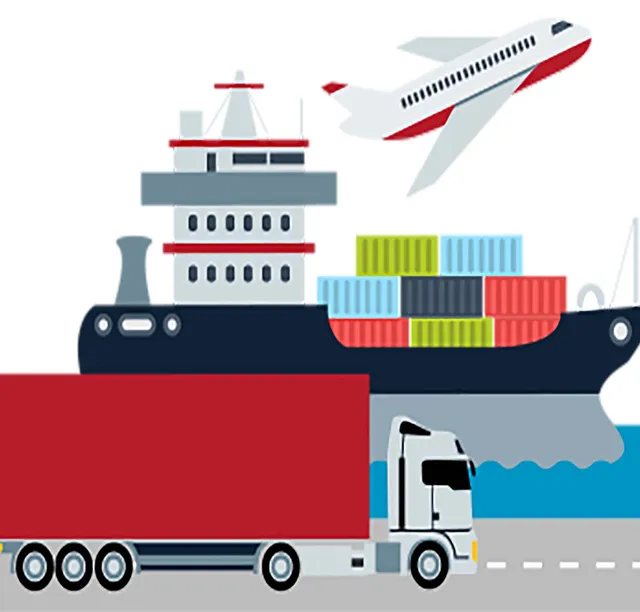Incoterms Rules: 5 Key Differences Between FOB and CIF
In international trade, Incoterms help define responsibilities and divide costs between the seller and the buyer. FOB (Free on Board) and CIF (Cost, Insurance, and Freight) are two major rules for sea transport with key differences.
-
Responsibility for Transportation
-
FOB: The seller is responsible for delivering the goods to the ship at the port of shipment, while the buyer pays for transportation to the destination port.
-
CIF: The seller is responsible for paying the cost of transportation to the destination port, and this cost is included in the sales contract.

-
Insurance Coverage
-
FOB: The buyer is responsible for insuring the goods.
-
CIF: The seller must arrange insurance for the goods up to the destination port and pay the insurance cost.
-
Risk Transfer
-
FOB: Risk and liability for loss or damage transfer to the buyer when the goods are loaded onto the ship.
-
CIF: Risk transfers to the buyer once the goods pass the ship’s rail, but transportation and insurance costs remain with the seller until the destination port.
-
Usage in Trade
-
FOB: Suitable for buyers who want more control over insurance and main transportation.
-
CIF: Suitable for buyers who prefer the seller to handle transportation and insurance up to the destination port.

-
Advantages and Disadvantages
-
FOB: Advantages – greater control for the buyer, flexibility in choosing insurance and shipping. Disadvantages – buyer must manage costs and insurance.
-
CIF: Advantages – reduces responsibility and complexity for the buyer, transportation and insurance handled by the seller. Disadvantages – costs and insurance are on the seller, and coverage is usually minimal.
Choosing between FOB and CIF depends on the buyer’s and seller’s needs. FOB is ideal if the buyer wants more control over transport and insurance. CIF is better if the buyer prefers the seller to manage all transport and insurance responsibilities until the destination port.
